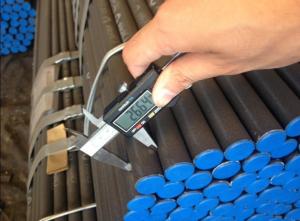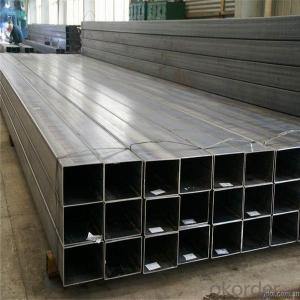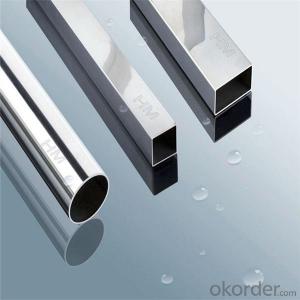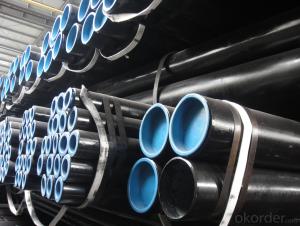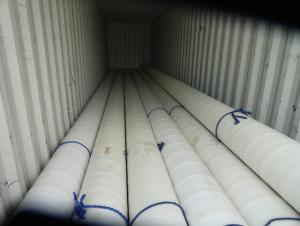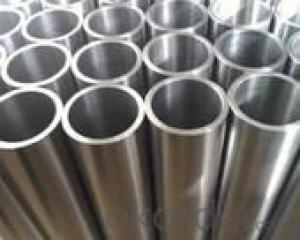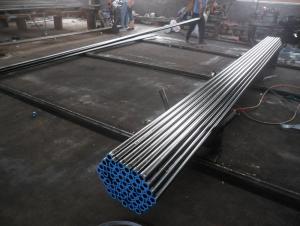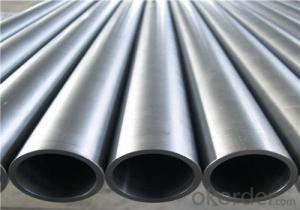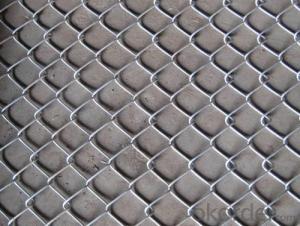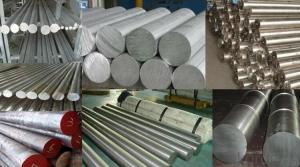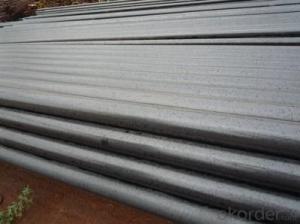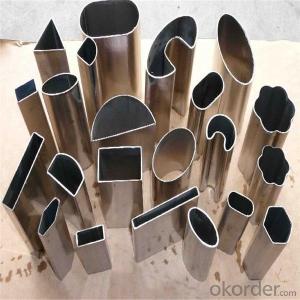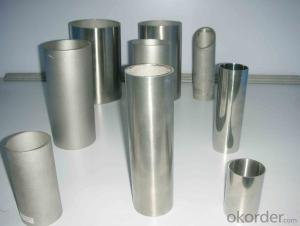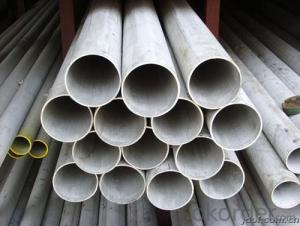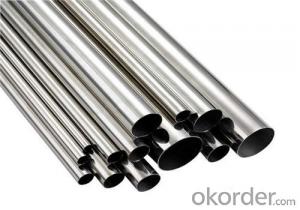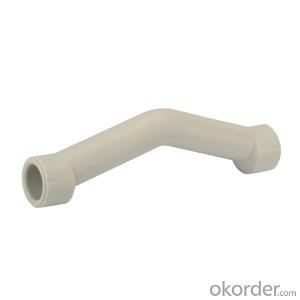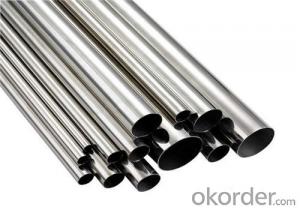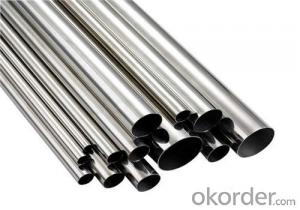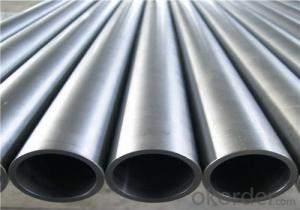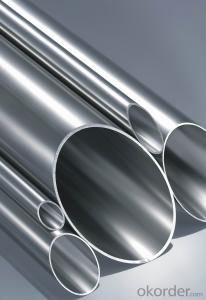3/4 In Stainless Steel Pipe
3/4 In Stainless Steel Pipe Related Searches
3/4 Stainless Steel Tubing 3 4 Stainless Steel Pipe 4 Inch Stainless Steel Pipe 3 Inch Stainless Steel Pipe 3in Stainless Steel Pipe 3 Stainless Steel Pipe 4 Stainless Steel Pipe 3 4 Stainless Steel Tubing 1/4 Stainless Steel Tubing 1/4 In Stainless Steel Plate 304 Stainless Steel Pipe 1 Inch Stainless Steel Pipe 1 Stainless Steel Pipe 3/8 In Stainless Steel Tubing Stainless Steel Piping 1 4 Stainless Steel Tubing Stainless Steel Pipes Stainless Steel Threaded Pipe Pipe Stainless 2 Inch Stainless Steel Pipe 1 2 Stainless Steel Pipe Stainless Steel Pipe Fitting 3/16 Stainless Steel 1/4 Stainless Steel Rod Stainless Steel Pipe Near Me 3/4 Aluminum Plate Stainless Steel Pipe Dimensions 1 1 2 Stainless Steel Pipe 3/4 Inch Aluminum Plate 2 Stainless Steel Pipe3/4 In Stainless Steel Pipe Supplier & Manufacturer from China
3/4 In Stainless Steel Pipe is a versatile and durable product, known for its excellent corrosion resistance and strength. It is manufactured from high-quality stainless steel, making it suitable for a wide range of applications. These pipes are commonly used in various industries, including construction, plumbing, and food processing, due to their ability to withstand harsh conditions and maintain their integrity over time. The 3/4 In Stainless Steel Pipe is also appreciated for its smooth interior surface, which minimizes resistance to fluid flow and reduces the risk of contamination.In terms of usage scenarios, the 3/4 In Stainless Steel Pipe is ideal for applications where high pressure and temperature resistance are required. It is often employed in the transportation of water, gases, and other fluids, as well as in structural components that need to maintain their strength and durability in challenging environments. The pipe's stainless steel composition also makes it a popular choice for sanitary applications, such as in the food and beverage industry, where cleanliness and hygiene are paramount.
Okorder.com is a leading wholesale supplier of 3/4 In Stainless Steel Pipe, offering a vast inventory to meet the demands of various industries. As a reputable supplier, Okorder.com ensures that the pipes are manufactured to the highest standards, providing customers with a reliable and consistent product. With a commitment to quality and customer satisfaction, Okorder.com is the go-to source for those in need of 3/4 In Stainless Steel Pipe for their projects and applications.
Hot Products
